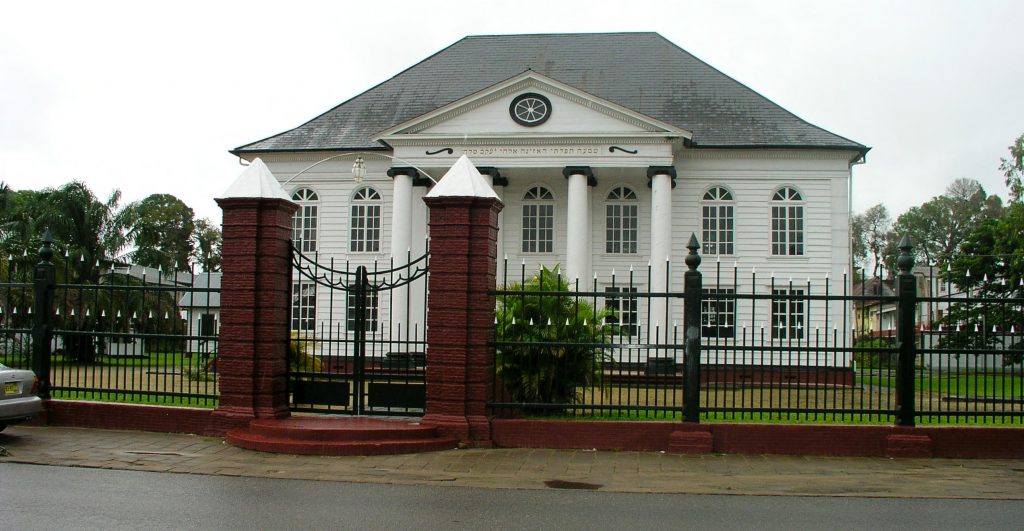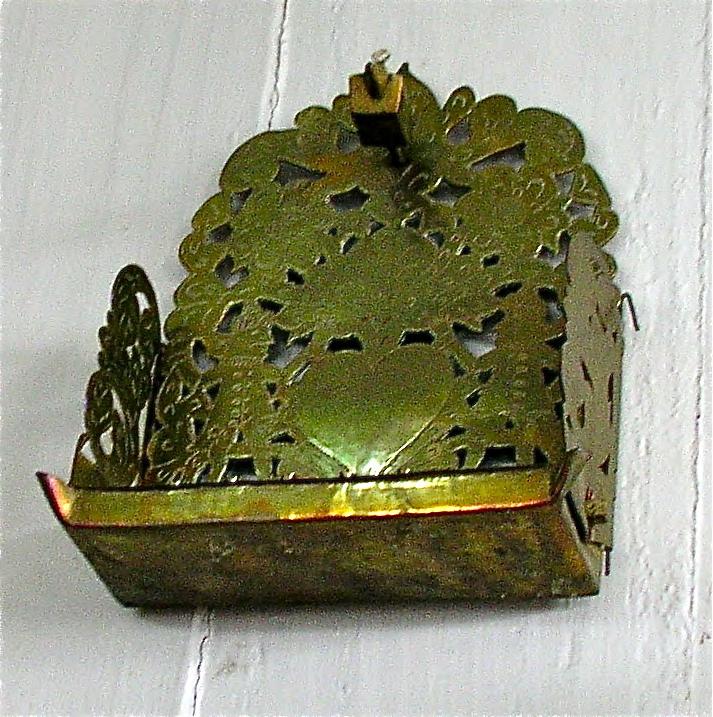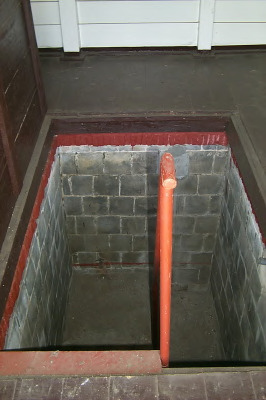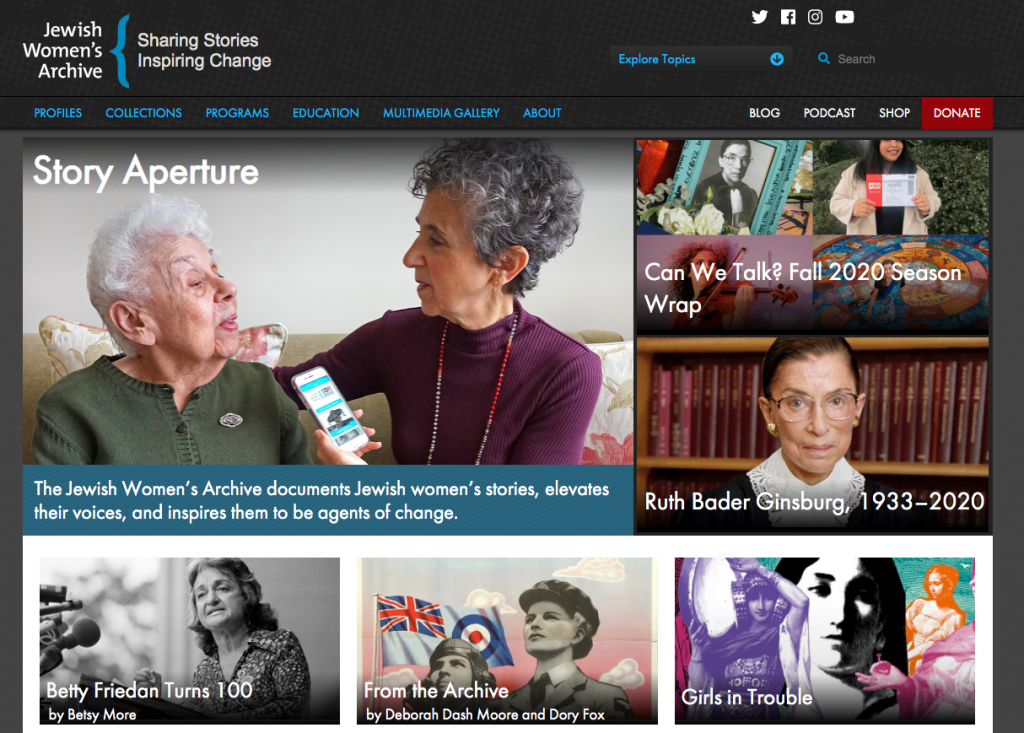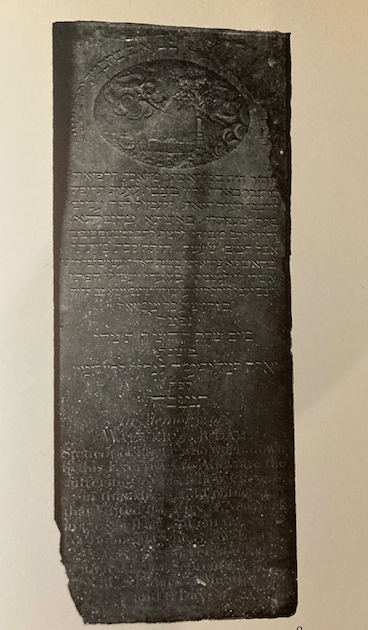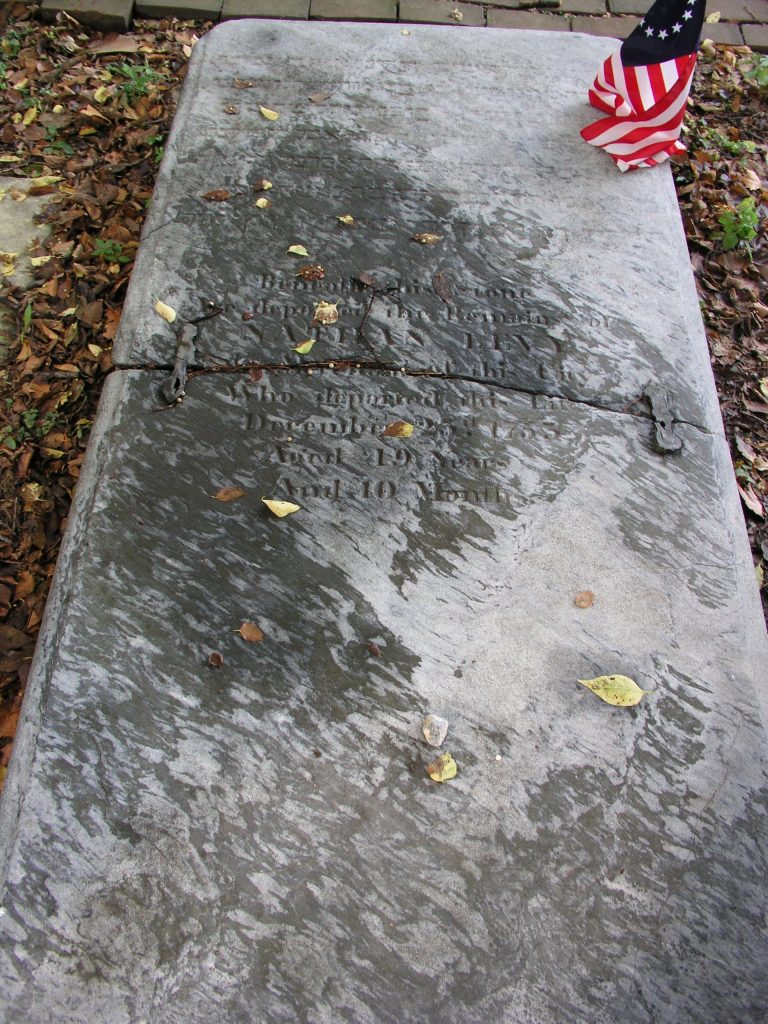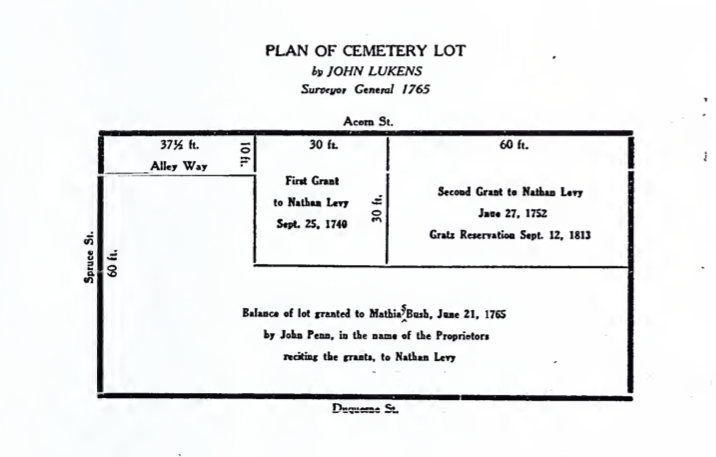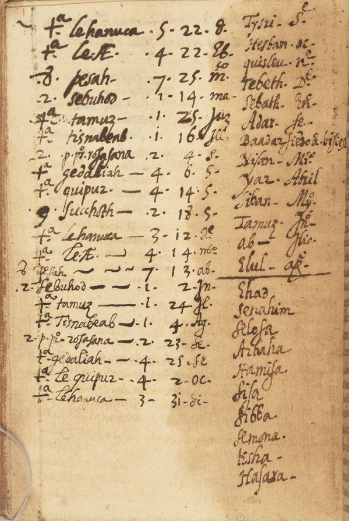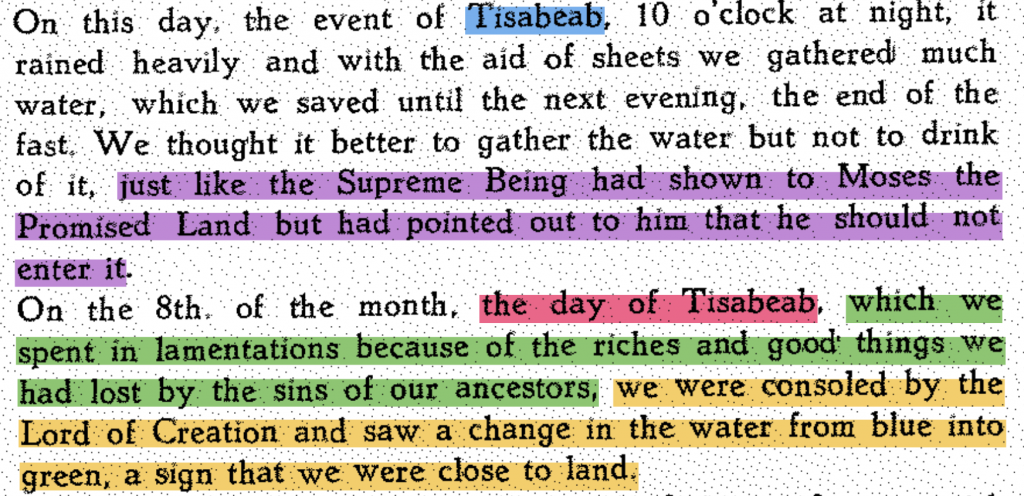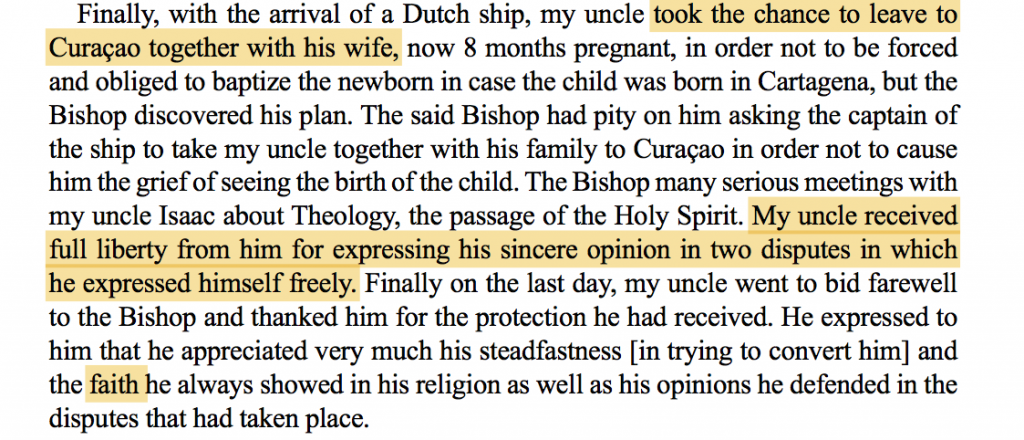translated from a Primary source
At the end of the aforesaid accusation [of crypto-Judaism], she [María de Zárate] said that everything in it is false, because she is, has been, and will be a faithful Catholic Christian with the favor of God, as a daughter, granddaughter, and descendent of such Christians. She believes firmly in the law of our Lord Jesus Christ, which she confesses is the only true law for the salvation of souls and in which she insists she lives and dies. She does not know nor had notice of anyone who keeps the Law of Moses, because she would have accused them in this Holy Office. Nor has she kept nor knows what it is. If she, insignificant and wretched, had fallen into it, she would have confessed when she entered as prisoner and would have sought mercy, as she requests [now], imprisoned without guilt, having not passed through her mind the crimes of which she is accused. All these accusations are false, which she presumes some mortal enemy has raised against her.
It seems to her that this person [who falsely accused her] can be none other than a youth named Jusepe, whose surname they say is Sánchez, who was born in the house of the mother of this confessant, and is a mestizo, son of an unwed mestiza woman whom the mother of this confessant raised. This mestiza, having given birth to her son, left him at the age of eight or ten months without reappearing anymore. Thus, this confessant took as her charge his upbringing, and she insinuated that he was an orphan, to exempt him from the shame of being the son of a mestiza. She took care of him, teaching him Christian doctrine and, paying a teacher, to read, write, and count, and clothing and feeding him as if he were her own child. Along with him, she had four nieces–Catalina, María, Ana, and Clara–daughters of her sister Ana de la Paz, and of Juan de la Serna, now deceased, a public scribe, as well as her sister, all living in her house in this city. About three years ago, Jusepe, who must have been 16, fell in love with her niece [Ana de la Serna], due to their being raised together. Treacherous, he impregnated her without this confessant, nor her sister, the mother of this girl, finding out until the day she gave birth, about which they became so upset that her sister thought she might lose her mind, especially upon discovering the author of this evil deed.
Criminal Case of Faith against María de Zárate, Wife of Francisco Botello, for Judaizing (New Spain, 1656)
source Matthew D. Warshawsky, University of Portland
This is text translated from a primary document from the inquisition in Mexico City in 1656. It was from a report of a crime of Judaizing, specifically Crypto-Judaism, the crime of proffessing to be another faith while practicing Judaism.
The person being acused of the crime of crypto-Judiasm, the secret practice of judiasm while proffecing to be another faith, was María de Zárate. While her family was proven to be Catholic, she had aledgely been pacticing judaism with her husband who did have Jewish root. She proved her self to be a loyal Catholic by pointing her finger at her accuser and questioning his own morality.
She used his racial status to defame him and make his claims questionable. She also emphasized her own morality by claiming to have taught him the christian doctrine and questioned his through his possible sexual exploits. It is hard to prove beyond a doubt that some one didn’t do something, but it is very easy to prove that someone did. It was in this way that she was able to escape punishment from the inquistion.
